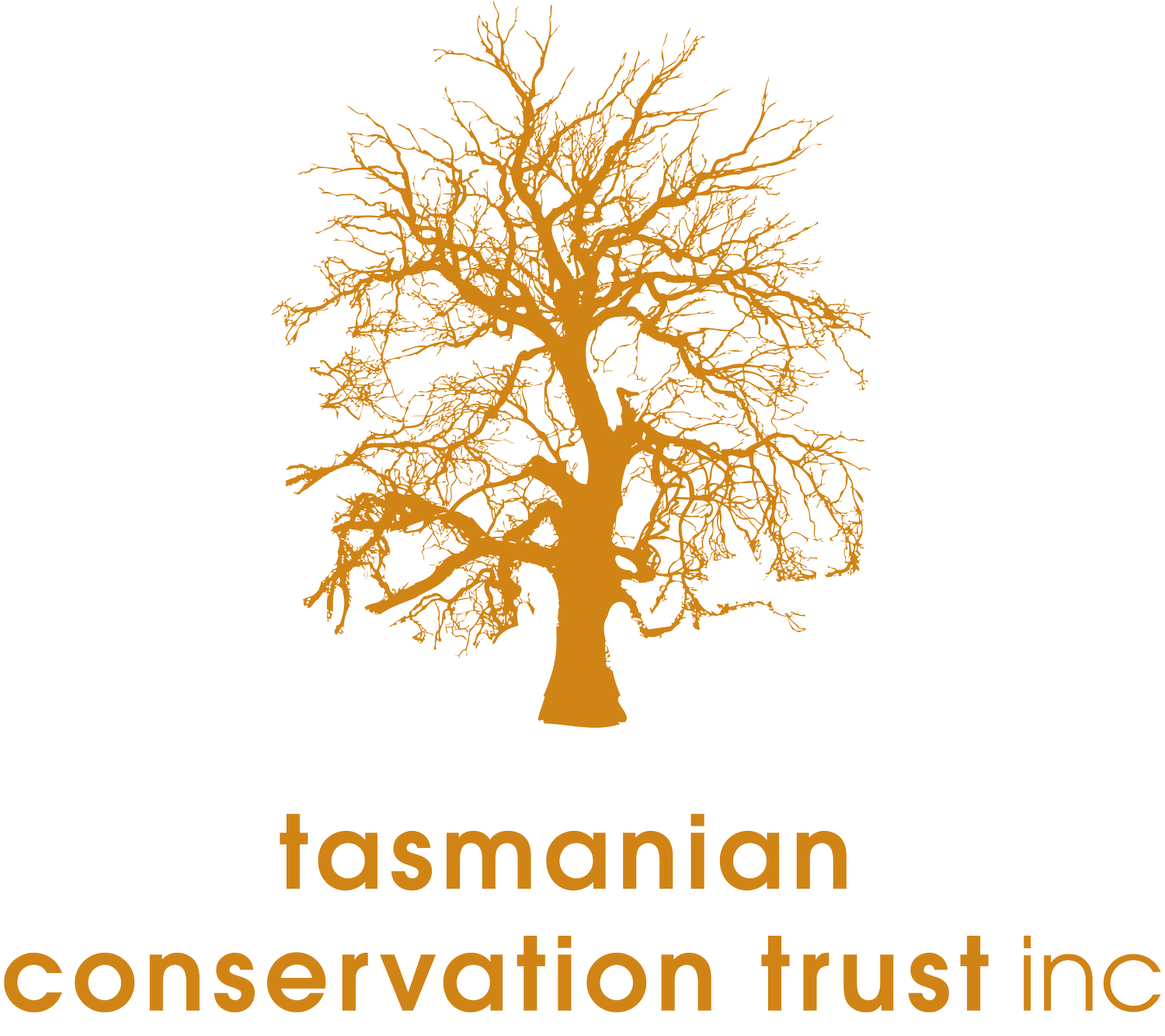Along with representatives of Markets for Change, Huon Valley Environment Centre and Still Wild Still Threatened, I attended a meeting with Forestry Tasmanian CEO Steve Whiteley and other FT staff on 16 October, to discuss FT’s impending application for Forest Stewardship Council certification.
Winners and losers in a Tasmanian suburb
Several related wildlife themes have surfaced in the recent past: ways in which our cities and suburbs turn some animal species into winners or losers (Low 2002); a trend for some species to adapt to habitat or landscape-scale changes (TPC 2010) and how landowners might best manage the major problem of browser impacts (Greening Australia 2003). Are we creating winners and losers by appropriating wildlife habitat? What is the current position? The Hobart suburb of Fern Tree may be an instructive example here.
Copping C-cell
During the federal election the proponent of the Copping hazardous waste landfill facility (or C-cell), Southern Waste Solutions (SWS), tried unsuccessfully to obtain a funding commitment from the major political parties. On 2 August 2013 the Southern Tasmanian Councils Association released its ‘2013 Federal Election Manifesto’, which includes a request for a commitment to providing $9 million for construction of the proposed Copping C-cell.
Review of the Cat Management Act
The Cat Management Act 2009 and Cat Management Regulations 2012 commenced in July 2012 as Tasmania’s first ever legislation for the control and management of cats. About a year after the legislation commenced the Minister for Environment, Parks and Heritage Brian Wightman announced that his department would be assessing the effectiveness of the legislation through a formal review.
Amendment to the Clarence City Council Planning Scheme
In November, the Clarence City Council (CCC) advertised its Planning Scheme amendment for the eastern portion of the Seven Mile Beach Peninsula. The scheme amendment involves inserting a Development Plan Overlay which is effectively a change of zoning of the eastern portion of the Seven Mile Beach Peninsula from recreation to a new special use zoning which allows the Goggin golf course development to be assessed as a permitted use.
Copping hazardous waste disposal facility (C-cell)
Wellington Park Management Plan
VDL clearing proposal set for strict assessment by Australian Government
On the 18 February 2013 the Australian Government decided that the Van Diemen's Land Company (VDL) dairy farm expansion proposal at its Woolnorth property is a controlled action under the EPBC Act and will be assessed by an environment impact statement. In our submission on VDL’s referral to the Australian Government, we recommended that this proposal be rejected outright but, if not, that it should be assessed through the most stringent assessment process. Having this proposal assessed through an EIS is a good outcome and is certainly justified.
Tarkine National Heritage listing
On 7 February 2013 the federal Minister for Sustainability, Environment, Water, Population and Communities (SEWPAC), Tony Burke, decided not to include the entire Tarkine (403,000 hectares were nominated) on the National Heritage list. Instead, Minister Burke listed a much smaller but still highly important portion of the Tarkine, the ‘Western Tasmanian Aboriginal Landscape’
State of the Forests Tasmania 2012
The State of the Forests Tasmania 2012 was tabled in the state parliament at the end of November 2012.
Although it hardly registered a blip in the media or in the state parliament, the report is an important component of Tasmania’s environmental reporting and provides a key role in the five yearly reviews of the Tasmanian Regional Forest Agreement (the next review is due in 2014). It also provides many important facts in regard to forest conservation and management which should of use to those currently debating the Tasmanian Forest Agreement Bill.
Illegal Clearing on Private Land - St Helens
On 25 September 2012 a St Helens man, was convicted and fined $5500 in the Launceston Magistrates Court for clearing important native forest without a permit on his property near St Helens. While the fine issued to the landowner was lenient (it could have been over $100,000), this court decision should send a message to other landowners and contractors who are thinking of clearing without a permit.
Listing of giant kelp forests as endangered
In August 2012 the Minister for Sustainability, Environment, Water, Population and Communities, Tony Burke, decided to list the ecological community ‘Giant kelp marine forests of south east Australia’, as endangered under the Environment Protection Biodiversity Conservation Act 1999. The listing recognises the severe decline, up to 98% in the case of one population, in the area of sea floor covered by giant kelp forests off Tasmania, which has been a cause of concern among scientists and conservationists for more than a decade.1 The original nomination in 2009, by Humane Society International, specified giant kelp forests in Tasmanian waters, but the listing also covers the occurrence of the community off Victoria and South Australia.


